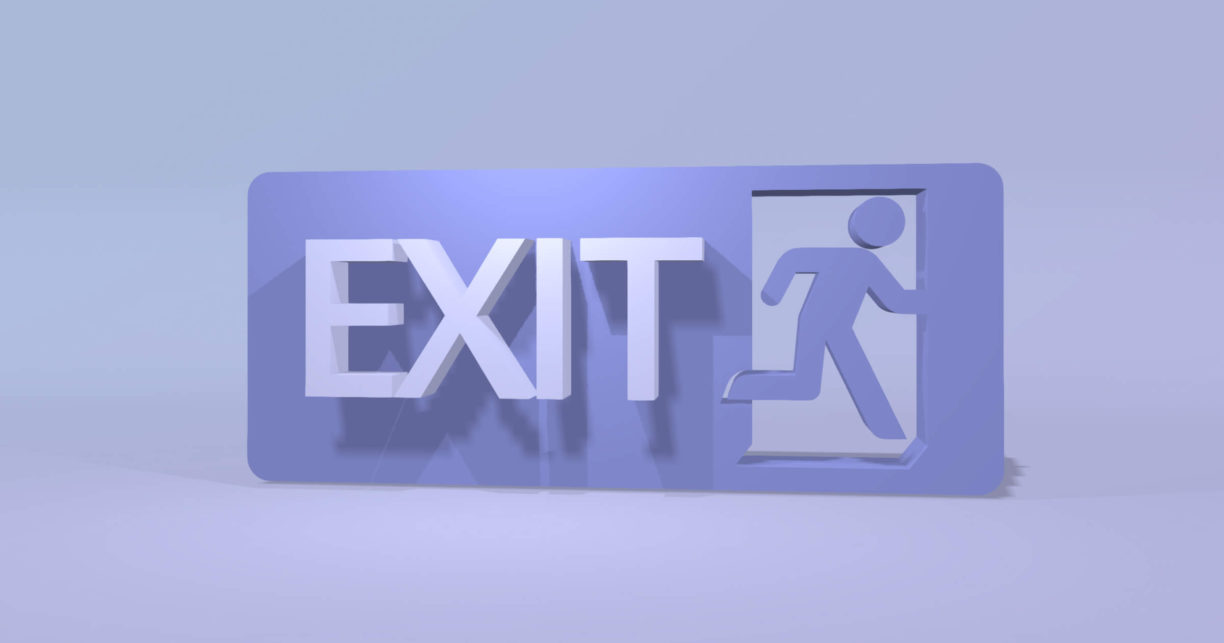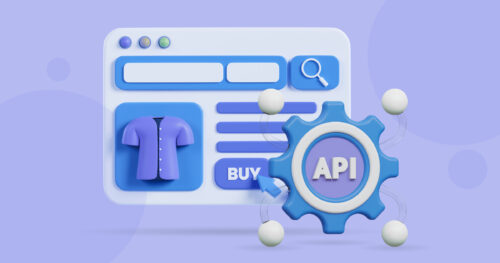A precise customer evaluation with a proactive approach determines the best possible strategies to be implemented. All firms relying on revenue from ongoing client connections usually encounter customer attrition.
While it is impossible to prevent it altogether, businesses can use the attrition rate to identify the root causes and fix it. More importantly, it reveals an opportunity to impress your clients with a strategic move and improve some aspects of your business.
What is Customer Attrition?
Customer attrition or churn happens when a customer no longer wants to remain connected with a company and is not availing of the Company’s product or services for a given period. Undoubtedly, the condition (attrition) is inevitable, but a little effort and correct strategies to be taken by the organization can aid in controlling the circumstances.
Any company that relies on revenue from long-term customer connections should pay special attention to this vital growth indicator.
Customer attrition is widespread in service-based firms that rely heavily on promotional offers, like telephone and Internet service providers.
Why is It Important?
Proactive measures taken to prevent churn will save you money and serve as a successful strategy for acquiring new customers. There is a need to work on key metrics and maintain customer relationships.
Customer Attrition analysis gives you insights into the following things:
Customer loss: When customers depart, revenue goes with them. You can calculate the proportion of overall business lost by knowing how many clients you’re losing and their average lifetime value.
New Business needed: After determining how much business has been lost, you can figure out how much new business you’ll need to compensate for and exceed those losses. Companies will also have to assess the price of obtaining new clients against these new initiatives.
Customer retention rate: Knowing the customer retention rate also reveals how many clients the Company has kept. When the two are compared (customer retention and customer attrition), it can occasionally disclose helpful information about the reasons that lead to churn.
A Practical Example
Businesses involving cable or satellite television providers, Internet providers, and telephone service providers are more likely to encounter customer churn.
Let’s take the example of Telecommunications Industry Churn Rates. If 1 out of every 20 members canceled their subscriptions within a year, the annual churn rate for a high-speed Internet service provider would be 5%.
On the other hand, if considering retail store establishment, Calculating the churn rate for a company like Scents Discount Perfumes, which has both a physical store and an eCommerce site, is significantly more difficult. A company like Scents might employ a transactional churn metric like repeat purchase rate, which measures how long it has been since the last visit or between transactions.
What are the Causes of Attrition?
There are numerous reasons for a customer to depart; some are voluntary or involuntary. This does not imply that the client is upset or unsatisfied with your services. Perhaps a B2B customer no longer required your service since the nature of business might have changed, making your product useless to them.
Well, it’s not worth worrying about involuntary attrition, but organizations must pay close attention to voluntary attrition. This may occur as a result of bad service or undesirable circumstances.
Let’s discuss the ground realities behind attrition.
1. Bad customer experience
Today’s businesses tend to compete on more than just pricing. Positive user experiences from time to time create goodwill and customer lifetime value. However, one genuinely unpleasant experience might obliterate years of trust. As a result, eCommerce companies and direct-to-consumer (D2C) retailers are pushing the boundaries of customer service.
2. Product or service failure
Consumers don’t buy products; they pay them to accomplish something. The goal of a tutoring service is to assist students in learning skills and gaining expertise. If a consumer leaves your business, your product or service failed to meet the buyer’s expectations.
3. No Promotional offers
As per the research conducted by the Wharton School of Business, it has been found that a loyal customer expects a superior experience, including the fulfillment of specific needs and demands. Therefore, including a cash back or loyalty points program and access to a personal purchase history are among the most requested amenities that add value to the brand.
4. Inconsistency or Unavailability
Customers expect the things they wish to buy to be available no matter where they shop. Inventory should ideally be available online and in-store, with choices to have it delivered to your home, picked up in-store, or even delivered curbside. The Customer will surely head somewhere else if they don’t find their things in the store.
You may persuade your consumers that solutions are still helpful, but this is an arduous task to win customers back when clients have already left your organization.
How to Calculate Attrition Rate?
Customer Churn Rate Formula = Number of customers lost at the end of the period (attrition) / Number of customers at the start of the period.
The Customer Attrition Rate is calculated by dividing the number of customers lost at the end of a given period by the number of customers at the beginning.
Suppose if a customer had 50,000 customers on 1st January and 45,000 on 31st December, then the attrition rate for the company would be 10%
Number of customers lost – 50,000-45000 = 5000
Number of customers in the beginning =50,000
So, 5000/50,000= 0.1 ie. = 10%
Company’s customer attrition rates = 10%
Calculating the Client Attrition Rate allows you to keep track of the changes in your customer base and make strategic decisions.
How to Predict Customer Attrition?
Getting acquainted with the customer’s behavior is a crucial strategy for reducing the chance of customer attrition rate. Retention is way easier than customer acquisition. Customer loyalty is one of the key attributes of a successful business.
You have the advantage of knowing what your clients need and how to avoid active attrition. Using previous purchase and activity details, assumptions, and performance records, the company can develop a predictive model to fetch the probability of customer churn and deploy tools to automate the churn actions – like alerts for at-risk customers.
There are many options available to make a prediction and avoid customer attrition. Companies relying on recurring revenue are using software to automate renewals and billing that easily keeps account of multiple subscription plans, pricing, schedules, and promotions.
By employing a systematic approach to planning, executing, monitoring, and improving a complete, highly individualized customer marketing plan, the software program assists marketers in proactively reducing client attrition.
What are the Types of Attrition?
There are two types of attrition: 1) Active Attrition and, 2) Passive Attrition.
1. Active attrition
Active attrition refers to when a customer consciously decides to stop buying a product from a specific firm. Usually, it applies to a subscription-based account like telecom, insurance, cable, entertainment, publishing, Internet providers, and utilities. Anything you pay for on a monthly, quarterly, or annual basis generates recurring revenue for the provider.
2. Passive customer attrition
Passive attrition refers to discontinuation, in which a consumer doesn’t need to contact and cancel or close their account, and they simply stop availing of services and products from that brand.
When considering your customer attrition rate, think about which of these two best describes your customers’ behavior. Each has a different average attrition rate, and each has its own set of business obstacles to solve.
10 Ways to Reduce Attrition
There are a few things you can do to reduce your customer attrition rate. Here are the best solutions to measure and improve your numbers:
1. Getting the right Customers
Clients may not remain long-term consumers due to varied reasons. One of which is that the customers the firm is acquiring are not the ideal fit for the organization.
Spending more money on the most relevant consumers, particularly those who will become repeat customers over time, makes sense.
2. Product features/ Service Offerings
The actual product or service you provide is a prominent issue to consider. Before launching any product or service, you need to ask the following questions: Is this what customers truly expect? Is it superior to its competitors? Is it reasonably priced?
3. Better Customer Services
Customers’ expectations exceed with every interaction they have with a brand. Companies must carefully consider handling their client touchpoints and remove any unnecessary hindrance to having a seamless experience.
4. Effective marketing strategy
Consumers today want businesses to understand their preferences and needs rather than spend their time with ineffective communications. A personalized approach through newsletters and social media channels can help catch and retain customers’ attention.
5. Offers and Discounts
It is more difficult and costly to acquire a new client than keep a current one. You already have data about your existing customers that can be evaluated to determine the most efficient messaging and offers. Discount on price, coupons, free add-ons, referral codes, etc., are great customer acquisition efforts.
6. Keep customers well-informed
You must give sufficient high-quality educational or support items to aid retention and prevent churn. Provide free training, webinars, video tutorials, and product demonstrations — whatever it takes to make your consumers feel at ease.
Post-sales service is an essential customer satisfaction and retention tool.
7. Engage with your customers
Brands must proactively communicate with their end-users. Take time-to-time feedback to enhance the relationship with them. Create more opportunities for the customers to come back by displaying the benefits of using your products daily and adding other luring deals to them. Connect with your customers on all social channels. E-mail marketing is an effective source to reach a large customer base.
8. Determine who is at risk
There are always a few consumers who are more likely to depart than others, so it’s in your favor to figure out those in the danger zone. This way, you’ll be able to contact them timely to convince them to stay.
One of the most common churn strategies by B2B firms is to identify customers at risk. However, 35 percent of B2B companies have effectively employed this strategy to reduce client attrition.
9. Pay attention to reviews
Be it a positive or negative review, always pay heed to every review. By doing so, an organization can get acquainted with its performance and activities. A negative review exhibits what aspects need to be focussed on. One negative experience creates the chance to lose 32% of the business.
As a result, you should take client complaints seriously and act on them to avoid customer attrition.
10. Make product enhancements
The market is dynamic, and as technology evolves and new upgrades are available, the modern consumers expectations have exceeded. Therefore, keeping up with current trends and developments has become vital. Businesses these days need to focus on trends, technology, and product enhancements to meet customer expectations.
FAQs
What is a good customer attrition rate?
There is no sure answer to it. You may want to aim for the lowest possible client attrition rate, but this isn’t a precise figure. Looking at the industry average and striving to stay above it is the safest bet.
Businesses must comprehend that a good customer attrition rate stems from a positive customer experience. Therefore, regardless of the industry type, the goal should be to retain clients as much as possible while focusing on acquisition to propel the firm forward.
What is the difference between attrition and churn?
There is no difference between both. Customer Attrition is also referred to as the churn rate. It’s usually considered the percentage of service subscribers who cancel their memberships within a specific time frame or the clients who haven’t purchased or interacted with your brand for a determined period.

